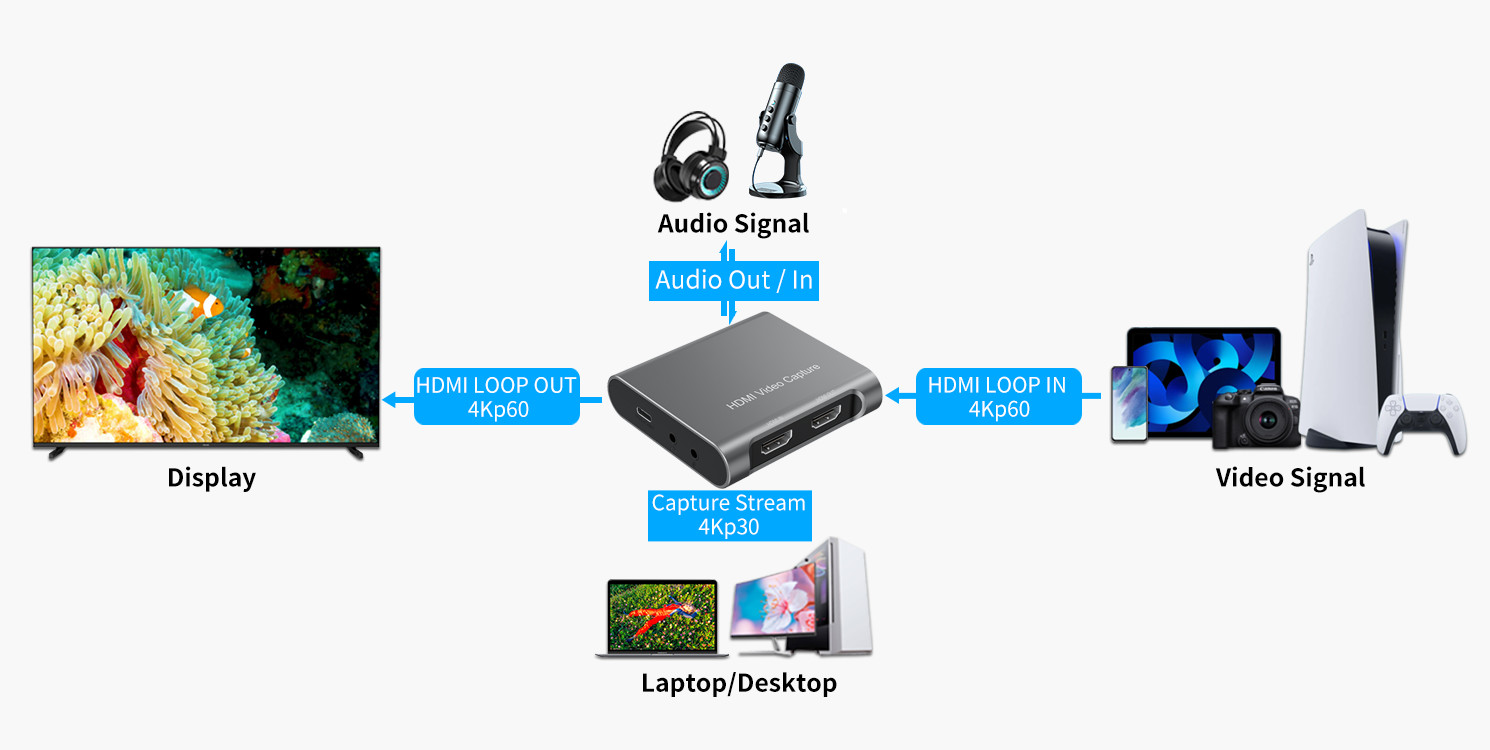By PURPLELEC | 07 June 2023 | 0 Comments
High-definition video signal format conversion method
The demand for video signal conversion is increasing with the rapid development of video, especially the popularity of high-definition video, and the conversion between high-definition video signals has become the main method in engineering applications. Different video formats determine the performance of the signal in various aspects such as brightness, chroma, contrast, sharpness, clarity, and the highest resolution.
In the current high-definition video, there are DVI, HDMI and VGA signals. At present, the highest level of DVI digital video signal is used, but it has the disadvantage of only short-distance transmission (effective distance is about 5 meters). SDI digital video has the ability to edit and longer distance The advantages of transmission, RGBHV and VGA are actually signals of the same grade, but there are two names because of the different components of the signal. Compared with Video (short for composite video), S-Video has a significant improvement in brightness utilization and Effectively eliminates the phenomenon of color creep, and the radio frequency format is the lowest level signal, which is only used in the scope of monitoring and public television.


There are a lot of video engineering applications now, and engineering applications often face the conversion process of many signal formats. What rules do these signal conversions of different formats need to follow?
The conversion from low-level format to high-level format has obvious quality improvement, such as the early double frequency scanner or quadruple frequency scanner, and the current popular intelligent video adjuster, all of which are Video-RGBHV (composite video-component video ) conversion processing, for improving the quality of the signal has a significant improvement. Because these products all use multi-bit digital technology to ensure that the signal quality (clarity, brightness, signal-to-noise ratio) can be highly restored.
DVI digital video is usually converted to SDI or RGBHV. After conversion, the clarity of the original signal is lost, but the DVI signal can be transmitted over a long distance; the actual effect of converting VGA signal to RGBHV has not been improved, because the two are of the same level. However, it solves the problem of synchronous universal matching of VGA signals, and can carry out longer distance transmission.
The process of converting a high-level format to a low-level format (such as VGA to Video) will cause serious loss to any aspect of the original signal, including brightness, chroma, color, contrast, sharpness, clarity, and the highest resolution. This kind of conversion has no meaning, but it has certain use value in the early stage, such as: converting the VGA signal of the computer into Video for tape recording, TV wall display, or for "picture capture" transmission in video conferencing.
Problems encountered in the use of high-definition video encoders and their solutions
Compatibility Issues in Video Format Conversion
Leave a Reply
Your email address will not be published.Required fields are marked. *
CATEGORIES